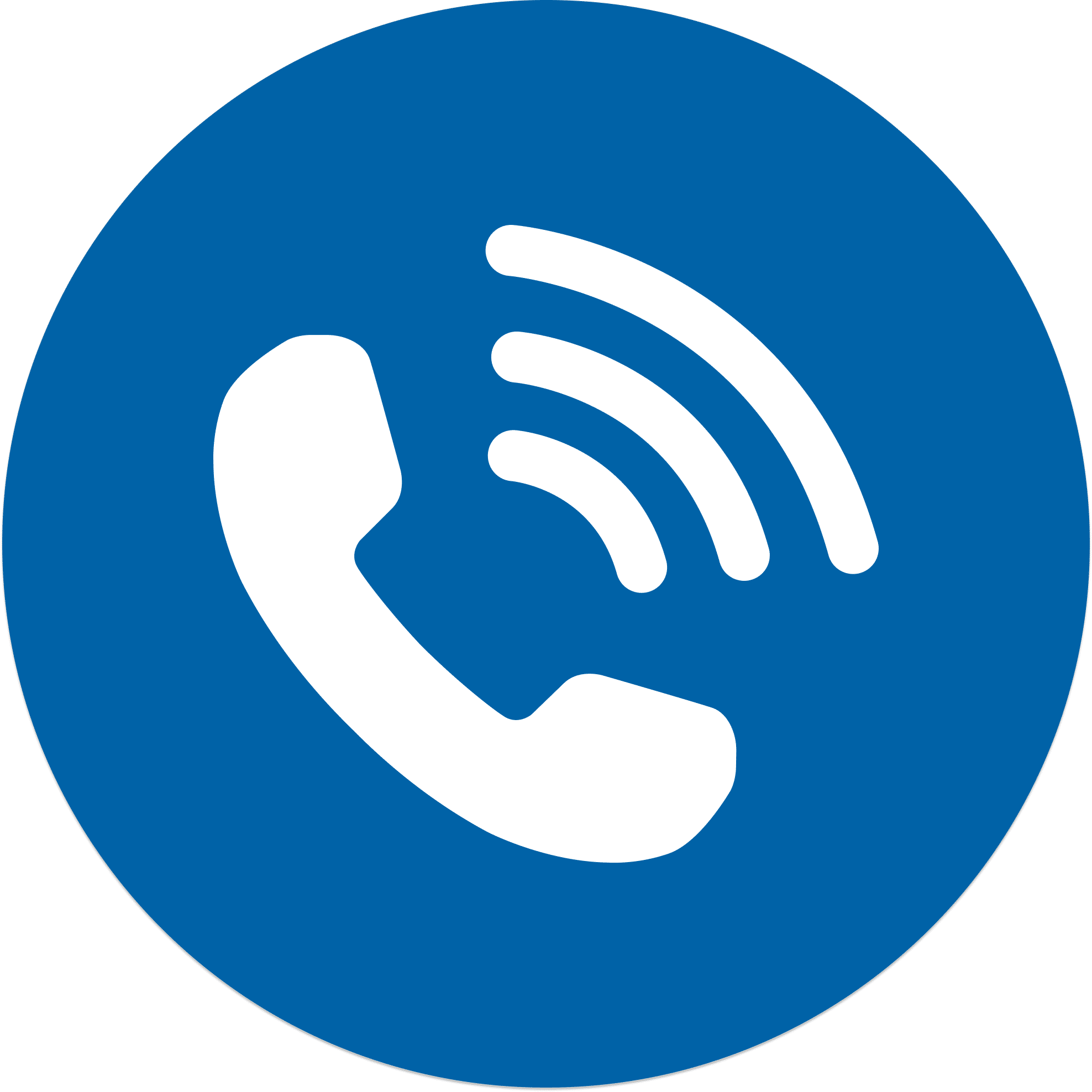Advanced Surface Ablation is an excellent alternative for many who are considering vision correction. Advanced Surface Ablation is an especially good option for people who have been previously advised that their eyes are not suitable for LASIK, or whose lifestyles may have precluded them from having LASIK. The FDA initially approved advanced surface ablation in 1995, but the procedure was referred to as Photo-Refractive Keratectomy or PRK.
Patients who are often recommended for Advanced Surface Ablation are those who:
- Have a thinner cornea than what is advised for LASIK
- Are prone to dryness of the eyes
- Are involved in high contact sports and more likely to take a hit to the eyes
Benefits of Advanced Surface Ablation
- Preserves the Structural Integrity of the Cornea: In an Advanced Surface Treatment, the laser correction is performed on the surface of the cornea rather than a deeper layer.
- Puts Patients at less risk of Corneal Complications: Patients are at less risk of experiencing corneal injuries than with LASIK. Blunt trauma to the eye can cause a dislodged flap in some cases even years after the LASIK procedure.
- Better for Patients with Thin Corneas: Working on the surface of the cornea also allows treatment of patients whose corneas are too thin for creation of a LASIK flap and removal of tissue by the excimer laser.
- Less Likely to Induce or Worsen Dry Eye: Advanced Surface Ablation is gentler on corneal nerves and thus diminishes the possibility of inducing or worsening dry eye syndrome.
What to Expect with Advanced Surface Ablation Results
A person who had Advanced Surface Ablation can expect to see every bit as good as a LASIK patient in the long run. The initial healing, however, is much slower. Patients are often recommended to have one eye done at a time. The doctor may recommend waiting anywhere between a week to a month between eyes. Having one eye done at a time will help patients to remain functional throughout healing. The patient who has one eye done at a time will need to make arrangements to have their glasses or adjusted, or to wear a contact lens in between eyes.
In most cases an Advanced Surface Ablation patient will wear a contact lens during the first 5-8 days of healing. The patient, in most cases, will not need to touch the lens at all. The doctor will handle putting the lens in and taking the lens out. Schedule an evaluation at the Cleveland Eye Clinic to learn more about vision correction options for you.








